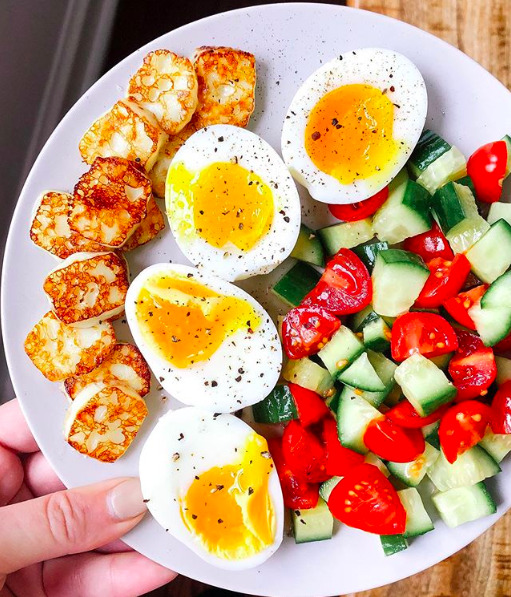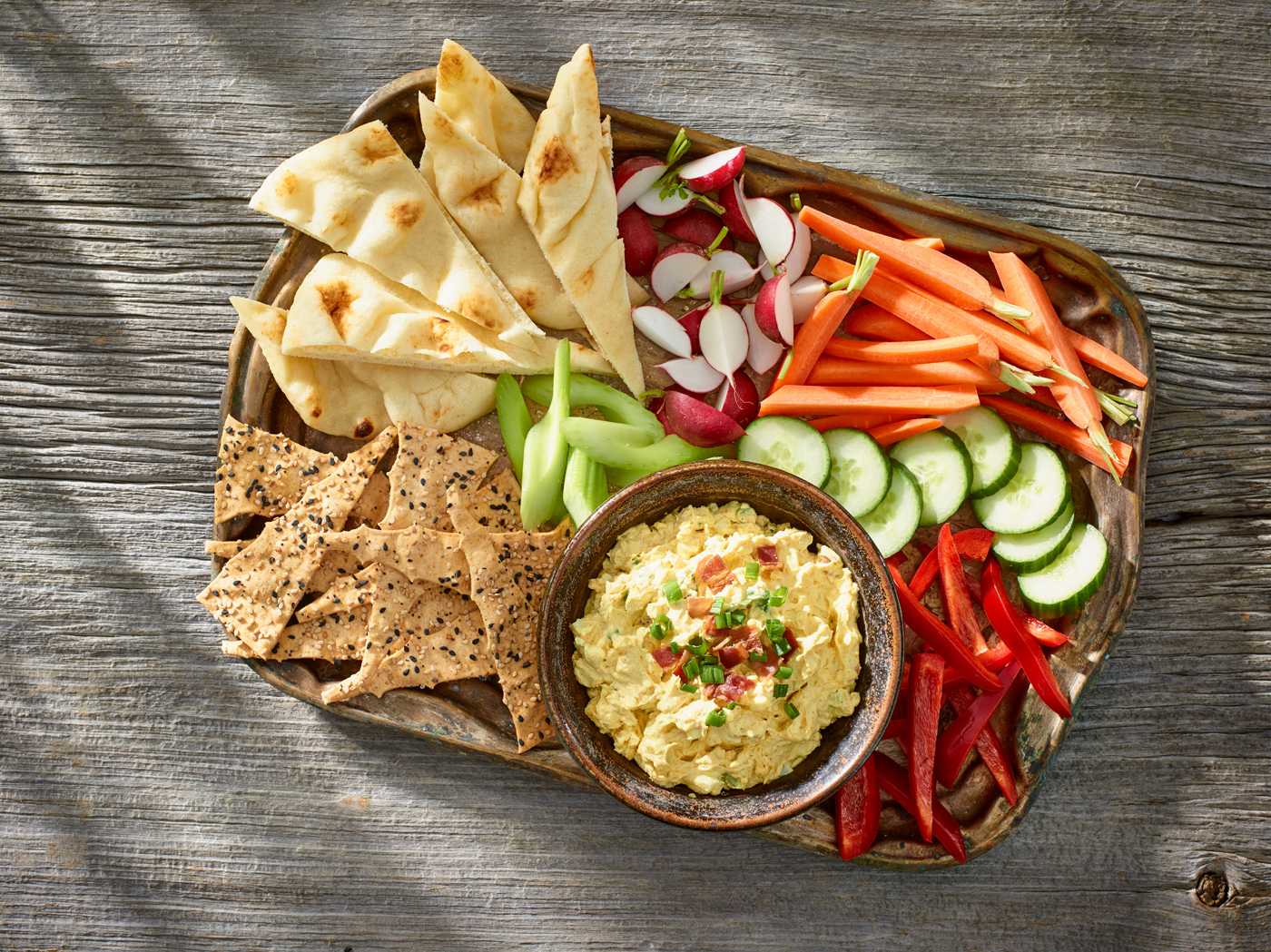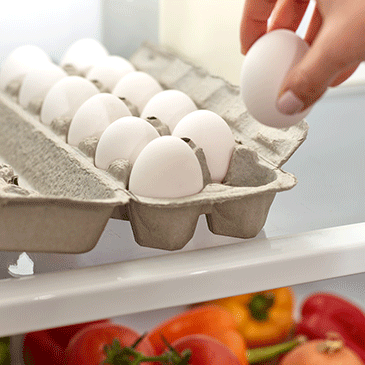
By: Andrea D’Ambrosio, Registered Dietician & Owner of Dietetic Directions
Do you find yourself stuck with the “What’s for Dinner Dilemma?” If so, you are not alone. Many couples, individuals and families face extra stress, uncertainty and often anxiety around mealtimes after a busy day. As a result, deciding what to eat and having the necessary groceries on hand can seem like wishful thinking. Consequently, takeout becomes an alluring, expensive and a common default that can compromise nutrition and our noblest intentions to cook more at home. However, it doesn’t have to be this way. Meal planning can help end the indecision and the infamous “What’s for Dinner Dilemma?”
What Is Meal Planning?
Meal planning is the action of deciding meals in advance.
As a registered dietician and big proponent of meal planning, I like to say that “healthy eating does not happen by accident.” Instead, we have to prioritize nutrition and plan (a little or a lot) to set ourselves up for success. This strategy is covered in our FREE Meal Plan Like a Pro resource guide.
The good news? Learning the tips you need to expertly meal plan CAN be done. We can start small and build with practice. Today, we will define what is meal planning, and then highlight the top benefits along with tips on how to begin to advance your meal planning skills! Let’s get started.
What’s the Difference Between Meal Plans and Meal Planning?
Meal Plans
Are usually static templates stipulating what to eat. Meal plans often involve repetition of what is listed for breakfast, lunch or dinner. Also, they typically do not take into account your schedule for cooking or foods you need to use up. Finally, they may not be individualized to your preferences or nutrition needs or developed by (or with) a registered dietician.
Meal Planning
Is the action of deciding meals in advance using your schedule, preferences, foods on hand, seasonal produce, sale items, etc. Consequently, meal planning usually leads to grocery shopping once a week, for only the items needed and having others (e.g. family) involved in creating the menu. If you know how to meal plan, you can create your own weekly meal plans!
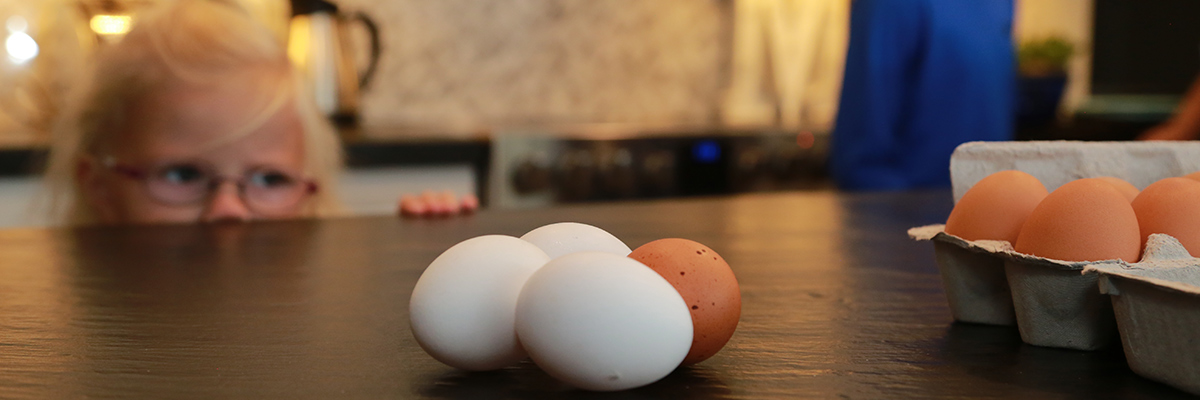
Why Is Meal Planning Important?
Meal planning is a great way to save money, time, and stay healthy by taking control of your weekly meal plan.
Is Meal Planning for You?
Are you:
- Overwhelmed by the “what to make for dinner” question?
- Unprepared (with available groceries) to make dinner at home?
- Resorting to takeout more than you’d like?
- Resenting money spent on eating out when cooking at home is cheaper?
- Believing your diet could be healthier if you cooked more?
- Making several trips to the grocery store in a week?
If you answered YES to any of the above, meal planning would benefit you!
What Are the Benefits of Meal Planning?
Many people talk about meal planning, but what is all the fuss about?
Saves Time
Who doesn’t want more time?! A huge benefit of meal planning is that it will save you time. Having a detailed weekly plan with a grocery list, ingredients and recipes prepared in advance will help ease the anxiety of wondering what you should eat each day. Knowing what you will eat for the entire week helps you stay organized, which leads to faster meal preparation, leaving extra time throughout the day to focus on other things.
Saves Money
With the cost of food going up, sticking to a budget is important. Meal planning allows you to create meals with the ingredients that you already have on-hand, saving you from purchasing more groceries and also limiting food waste. Meal planning also allows you to plan for leftovers which also helps to reduce food waste and save money.
Improved Nutrition
Research shows that planning ahead and cooking from home leads to overall better food choices and a healthier diet. Heading to the grocery store with list in hand also decreases the chances for those high-cost, high calorie impulse buys! Cooking at home leads to a decrease in overall calorie consumption, as well as an increase in vegetable intake of vitamins and minerals.
What Is the Process of Meal Planning?
The process of meal planning includes:
- Taking inventory of your groceries
- Reviewing schedules and time to cook
- Planning out meals for the week
- Compiling a grocery list
- Grocery shopping and cooking as planned
3 Tips to an Expert Meal Plan!
1. Take a Grocery Inventory
First step to meal planning is to open your fridge and take a grocery inventory. Consequently, this aids in using existing fresh groceries FIRST and buying only what you need at the grocery store. Furthermore, this first step helps inspire your meals by using what you have, thus cutting down on food waste, which saves you money.
Dietician Tip: Meal Plan BEFORE you grocery shop. This way you can buy only what you need, thus saving time and money.
How Do I Complete a Grocery Inventory?
On the top of your meal planning sheet (see example below), write down fresh ingredients you want to use up. We’ll plan to use these ingredients first because they’ll be the first to go bad. In your FREE downloadable Meal Planning template, you’ll find this marked as #1. For example, if you open your fridge, you may see chicken, cherry tomatoes, eggs, basil and cheese. List all these in the top of your planner to inspire your meal ideas. Therefore, you could plan to make a Chicken Caprese Quiche or omelette for dinner with tomatoes sliced on top.
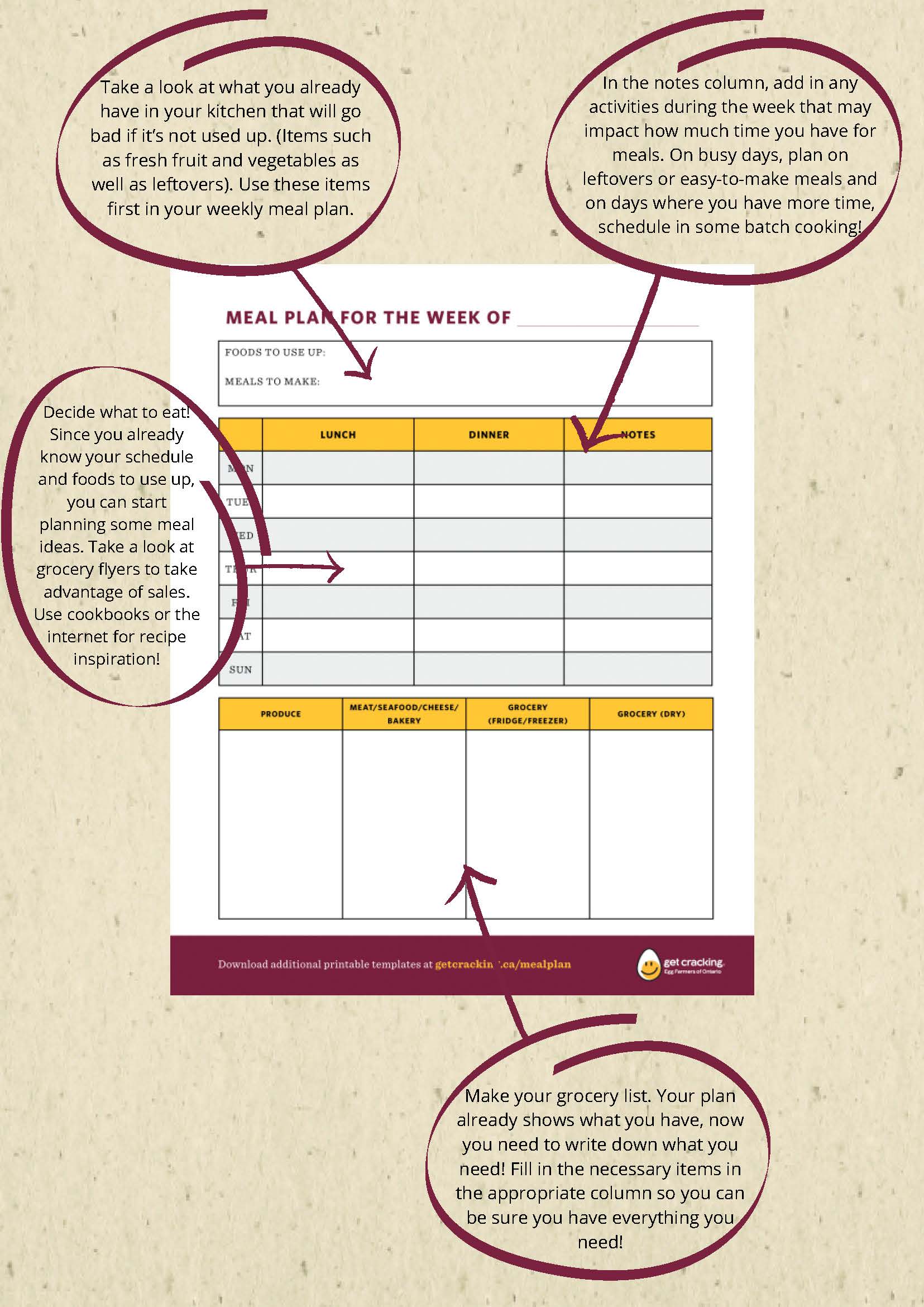
Dietician Tip: When we know what’s on hand and put these foods at the top of our meal plan, they are less likely to go bad. When we have a plan, we can do “first-in, first-out.”
2. Review Schedules & Time to Cook
Meal planning involves consistently giving yourself time to review your schedule in advance so you know available times to cook or batch-cook. For the second meal planning tip, I recommend setting aside 20 to 30 minutes to quietly think about the week ahead, your schedule and the amount of time you have to cook during the week. Being able to see your schedule is crucial. Then, choose a time that you can dedicate to meal planning. For example, many clients do their meal planning on a Saturday or Sunday morning for the week ahead.
Firstly, lay out your commitments for the week and realistically estimate the amount of time you’re comfortable cooking that day. For example, if piano lessons are on Tuesdays at 7pm, you might plan to have an early dinner. Next, estimate when you will be home from work and how much time you can put aside to cook (or to heat leftovers). Maybe at 5:30 you choose to start your dinner prep. Simple so far, right?
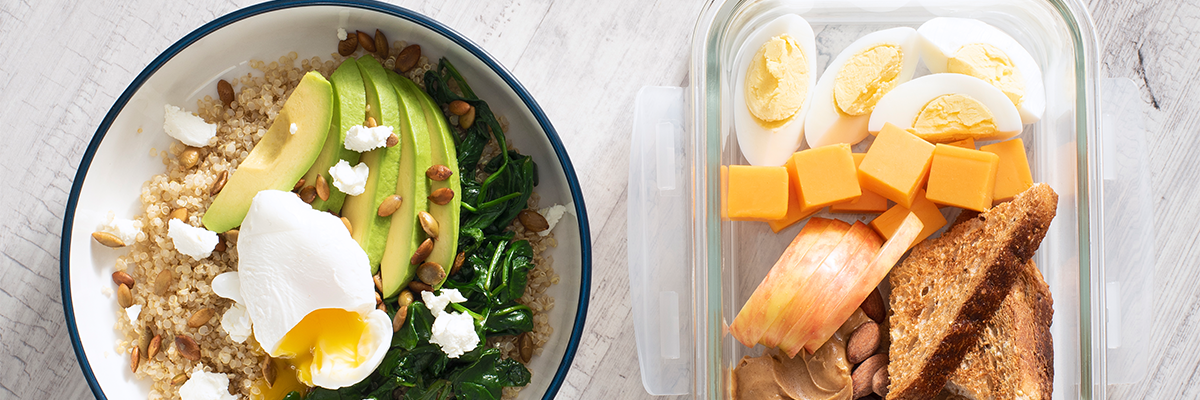
When you have organized how much time you’re working with during the day, it becomes much easier to structure meals into your day-to-day life that you will enjoy! You can also set yourself up for success with freezer meals, such as a batch of chili or a pre-made quiche – perfect for a quick leftover freezer meal on nights when you’re short on time. With a plan that works for your busy schedule you have a winning formula for success.
Additionally, be sure to meal plan before you go grocery shopping!
3. Create Grocery Lists, Get Creative and Have Fun
Now that your meal plan has your schedule parameters for time available to cook and your grocery inventory for what you need to use up has been done, it’s time to get creative and plan those meals! For beginners, the act of meal planning is more important than the level of skill in your meals. In other words, coming up with a very simple meal plan and following through is more important than striving for advanced culinary creations. After all, these meals may be unsustainable with a busy weeknight schedule. Keeping it simple can be extremely effective.
As you come up with meal ideas, be sure to put the ingredients needed on a grocery list at the bottom of your meal plan! This way you can easily go to the grocery store and buy ONLY what you need to execute the predetermined meals for your week. Be sure to print copies of the Grocery Checklist (download available below) so you can add items that you need to pick up when shopping.
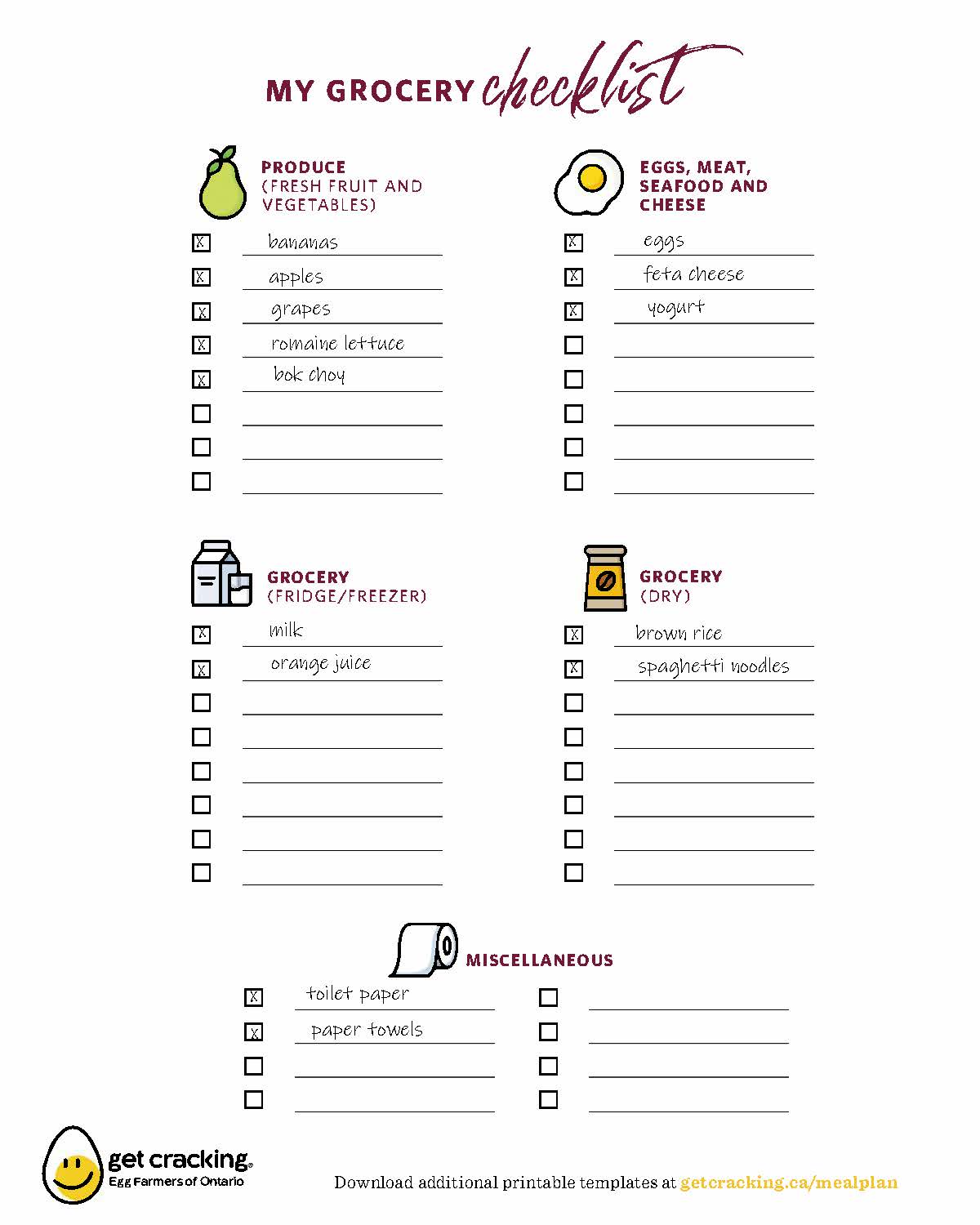
Click here to download printable Grocery Checklist template.
Say you want to have Taco Tuesday in your meal plan, what ingredients are you using up and what new ones do you need? And to help you, the grocery list at the bottom of the FREE Meal Planner is ordered by section of the grocery store. This saves time when you are in the store so you can grab what you need before moving on. For example, for this meal, do you have soft tortillas or would you prefer hard taco shells? If it’s not in your kitchen, on the grocery list they go. What about chicken/beans/beef/eggs or fish for protein on your tacos? Choose in advance and write it down under Tuesday for dinner. Do you need lettuce, tomatoes, plain yogurt, cheese? Mark items you need and you’ll save yourself multiple grocery trips (bonus!). Not to mention, future you will be thankful you took the time to plan in advance.
Dietician Tip: Use a grocery list that’s ordered by sections of the store (i.e., produce, meat, eggs, seafood, cheese, bakery, grocery (fridge or freezer) and grocery (dry goods). Therefore, all produce items are listed together so you can promptly collect these and move to the next section. Research shows shopping from a grocery list leads to less impulsive purchases and more money saved.
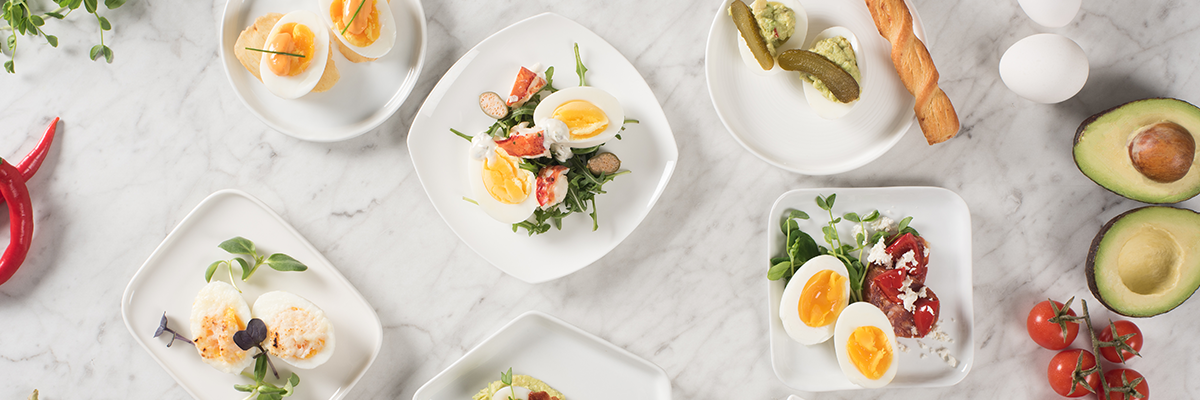
Bottom Line:
Expert meal planning is a learned skill. Start small and simple with meal planning and build on the skill over time. Having a meal plan (or basic outline) for dinners reduces stress and indecision, increases the likelihood of cooking at home, saves money, and reduces food waste. For more information on how to Meal Plan, recipes ideas and more, check out our FREE resource to Meal Plan Like a Pro!
Now that you know the difference between meal plans versus meal planning, you can start applying your top 3 tips to help you meal plan! Be sure to start by taking a grocery inventory for what you have on hand. Next, review your schedule for the week ahead so you can estimate amount of time to cook or re-heat leftovers. When you have time in your schedule to batch-cook, write these times in the notes section and plan meals that can be stored in the freezer or for lunches or the next night’s dinner. Finally, choosing meals is a chance to start basic or get creative with meals the whole family enjoys.
Overall, when beginning Meal Planning, aim to stay consistent. This builds confidence, planning skills and pride in following through
